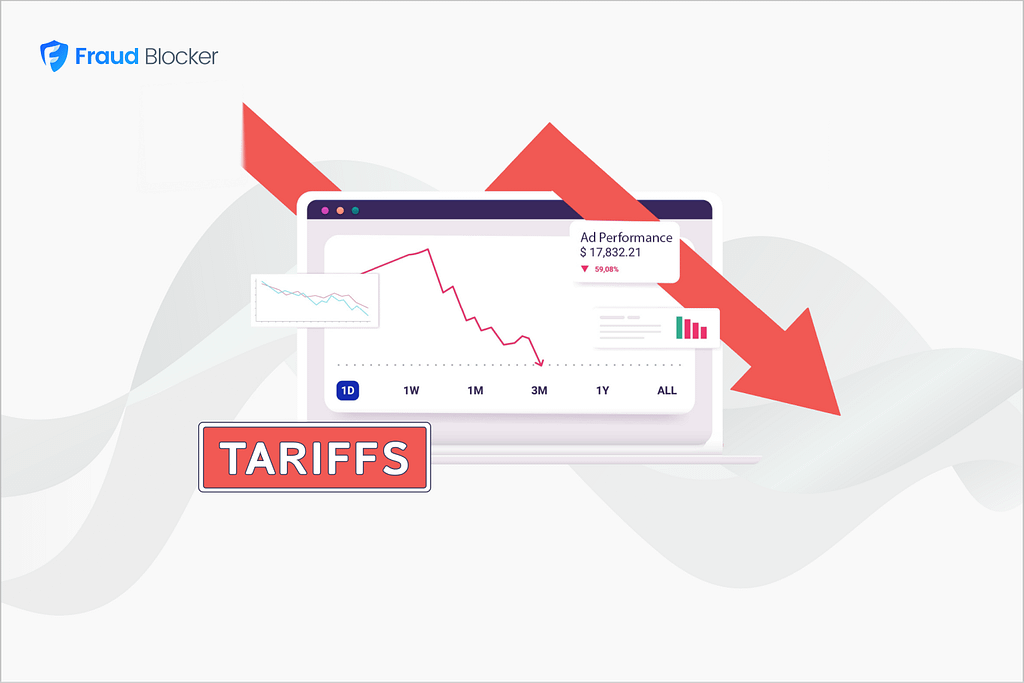
New report:
Invalid Click Rate Benchmarks


Click fraud is costing advertisers billions in loses. Learn more here.

Click fraud is costing advertisers billions in loses. Learn more here.

This article provides the formulas for each of the major marketing performance metrics.. We’ll cover what they mean, why they matter, and how to calculate them. With this knowledge, you can optimize your ad spend and improve your campaigns’ success.
ROAS (Return-On-Ad-Spend) measures how much revenue you earn for every dollar spent on advertising. It is an important metric for keeping an eye on the efficiency of your ad campaigns and deciding if you’re in a healthy margin or spending too much on a campaign.
Here’s how to calculate ROAS:
ROAS = Revenue from Ads ÷ Cost of Ads
In our experience, a healthy ROAS is generally above 4:1, meaning you should generate $4 for every $1 spent.
Learn more about Return on Ad Spend (ROAS)
Target ROAS is a bidding strategy used in platforms like Google Ads. It lets advertisers set a desired goal – your ideal ROAS – and the system automatically adjusts bids to try and achieve that specific return.
ROI measures the profitability of an investment by comparing the net profit earned to the cost of investment. ROI considers the costs of marketing campaigns as well as other costs like product and services, operations, and even tools and software.
The formula for ROI tracking:
ROI = (Net Profit ÷ Total Investment) × 100
ROAS specifically evaluates the efficiency of advertising spend by comparing revenue generated from ads to the cost of those ads. ROI, on the other hand, looks at the overall profitability of an investment, factoring in all costs, not just advertising.
CPM (Cost-Per-Thousand Impressions) is the cost to show your ad 1,000 times. If you advertise on different platforms, you may use CPM to compare cost efficiency across these channels.
“M” in the acronym is derived from the roman numeral for thousand. CPM is a standard industry term that has its roots in traditional media advertising, where impressions were measured in thousands. That’s why we use CPM instead of the exact acronym, “CPTI.”
CPM = (Total Ad Spend ÷ Total Impressions) × 1,000
The average healthy CPM score varies across industries. NestScale has a breakdown of the average CPM figures on Google ads. It ranges from $0.50 – $2 for the retail/eCommerce industry to $2 – $15 for the real estate industry.
Learn more about Cost Per Thousand (CPM)
CPC (Cost-Per-Click) is the amount paid each time someone clicks on your ad. CPC helps you assess whether your ad spend is generating enough valuable traffic.
In online ad platforms like Google, CPC works on a bidding system. Advertisers set a maximum bid for how much they’re willing to pay for a click on their ad. When a user searches for relevant keywords, the platform runs an auction to determine which ads appear, considering both the bid and the ad’s quality score.
If a user clicks on the ad, your account is charged, usually at a rate lower than or equal to your maximum bid.
The Cost-Per-Click formula is:
CPC = Total Ad Spend ÷ Total Clicks
The average cost per click in Google ads is about $2.69 for search and $0.63 for display ads.
An abnormally high CPC could be a sign of click fraud.
Read more about Cost-Per-Conversion
CPA (Cost-Per-Acquisition) tells you how much it costs to convert a customer. CPA helps businesses understand how much they’re paying to gain a customer, with a lower CPA meaning a cost-effective campaign.
Here’s how to calculate CPA:
CPA = Total Ad Spend ÷ Total Conversions
Healthy CPA figures vary since it will depend on the customer Lifetime Value and ROAS. According to Navah Hopkins on Search Engine Journal, a healthy CPA value will allow the campaign to run while supporting realistic ROIs.
These are both similar terms but generally Cost-Per-Conversion is associated with capturing a lead, making a purchase or downloading an app. While Cost-Per-Acquisition is focused purely on the cost to acquire a new paying customer.
Lifetime Value (LTV) tracks the total revenue a customer generates over their lifetime. It’s key for determining long-term ad effectiveness and the quality of leads gained.
Here’s how you calculate LTV:
LTV = (Avg. Value of Sale) x (Number of Repeat Transactions) x (Avg. Customer Lifespan)
Many marketers agree that a good LTV should be at least 3x your CPA.
Learn more about Lifetime Value (LTV).
Click fraud can negatively impact each of these metrics, raising your overall ad spend.
Fraud Blocker helps prevent ppc click fraud from bots, competitors and more so you can boost your performance.
Get better traffic with more qualified leads with Fraud Blocker. Try our 7-day free trial and see how much our software can help you.


